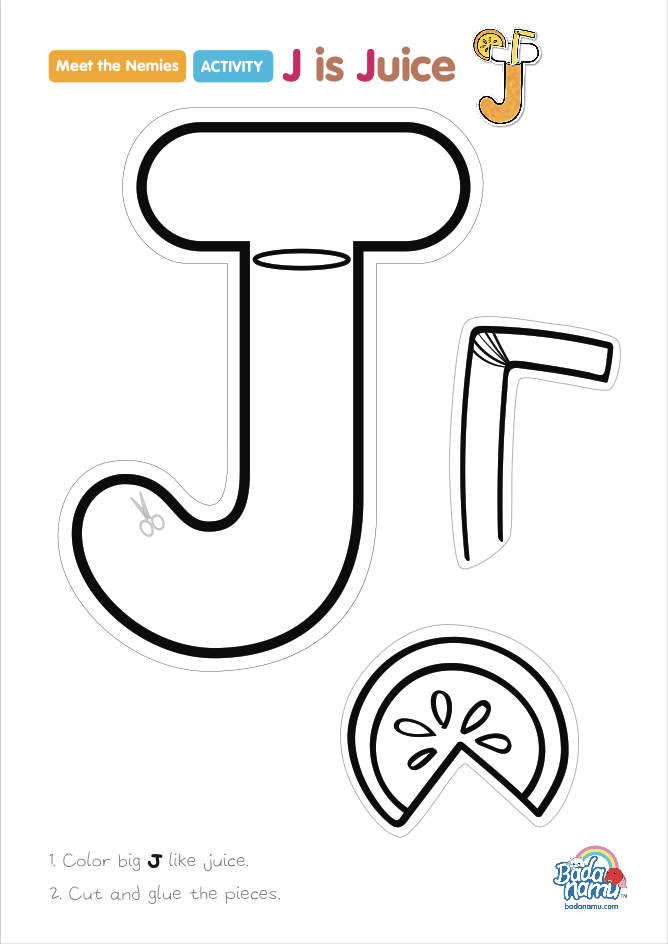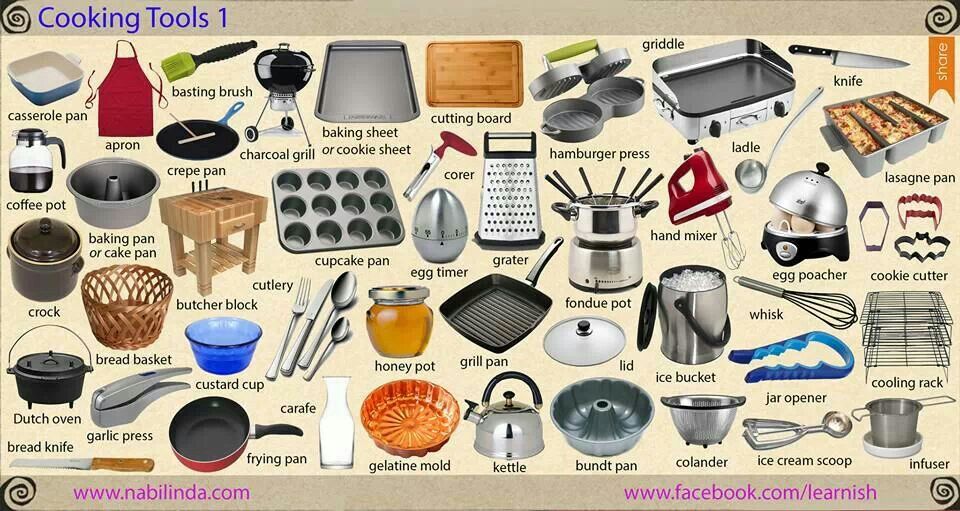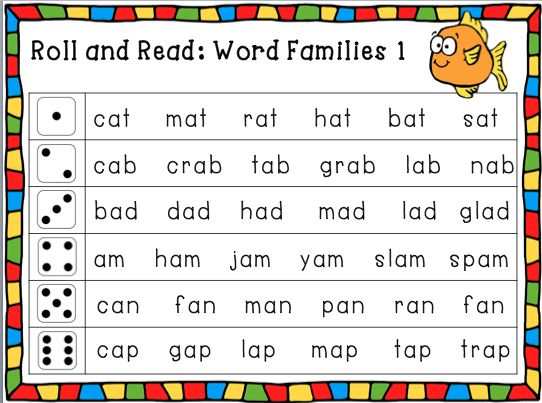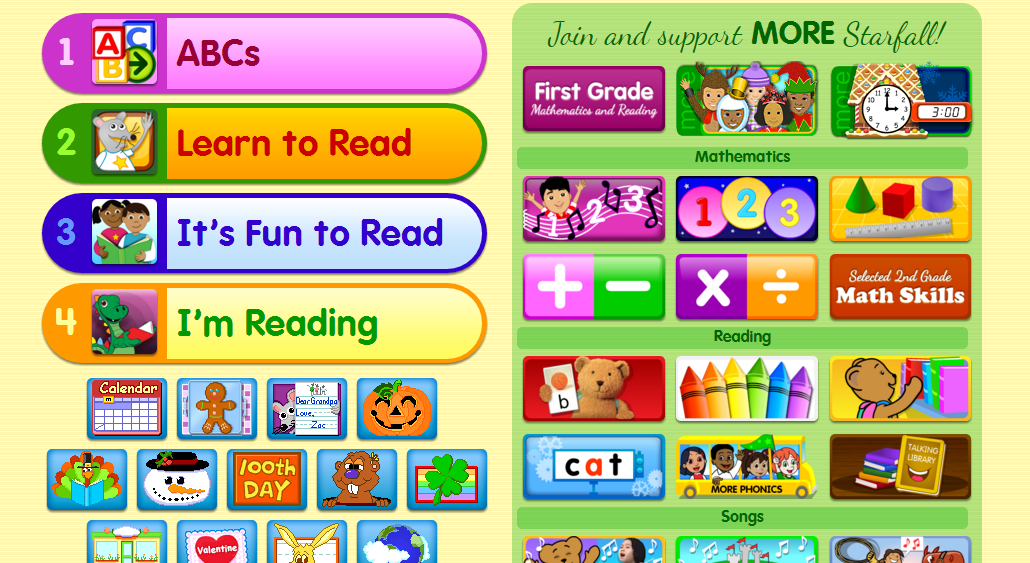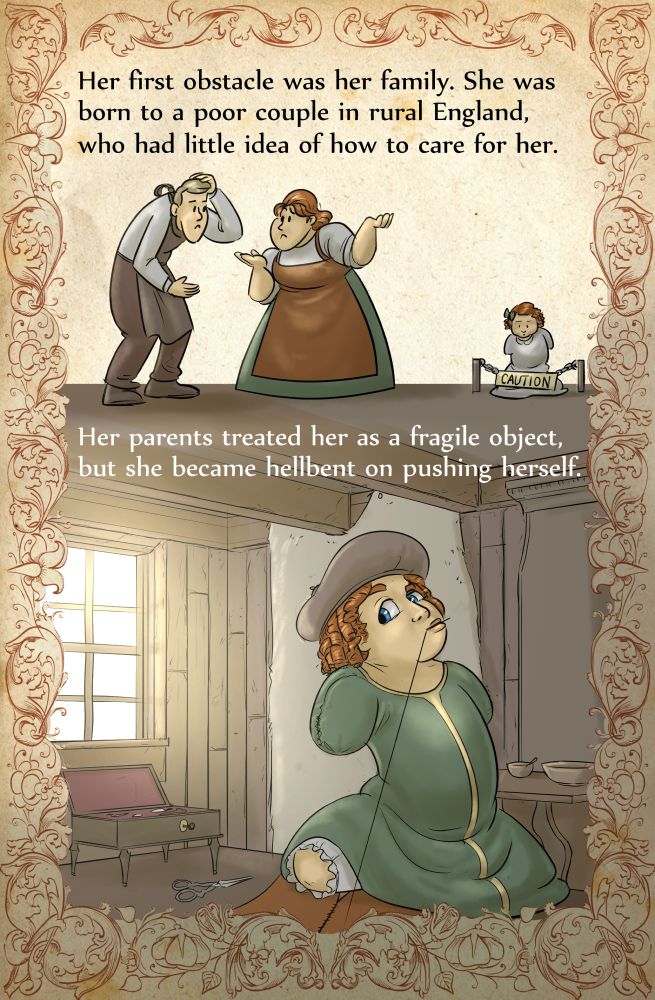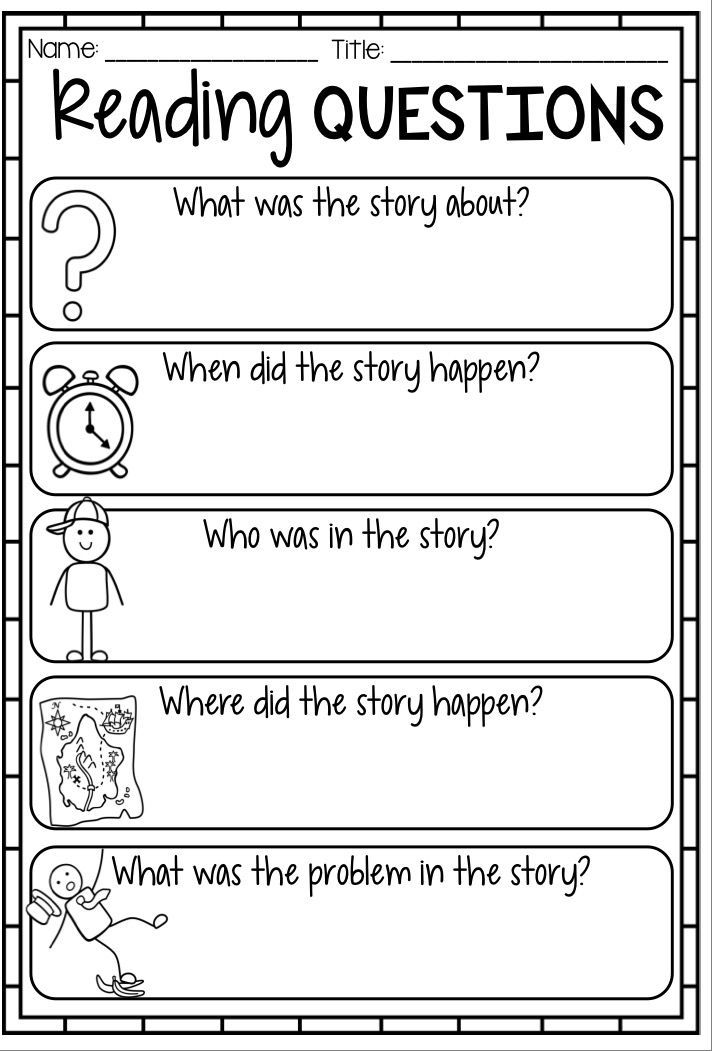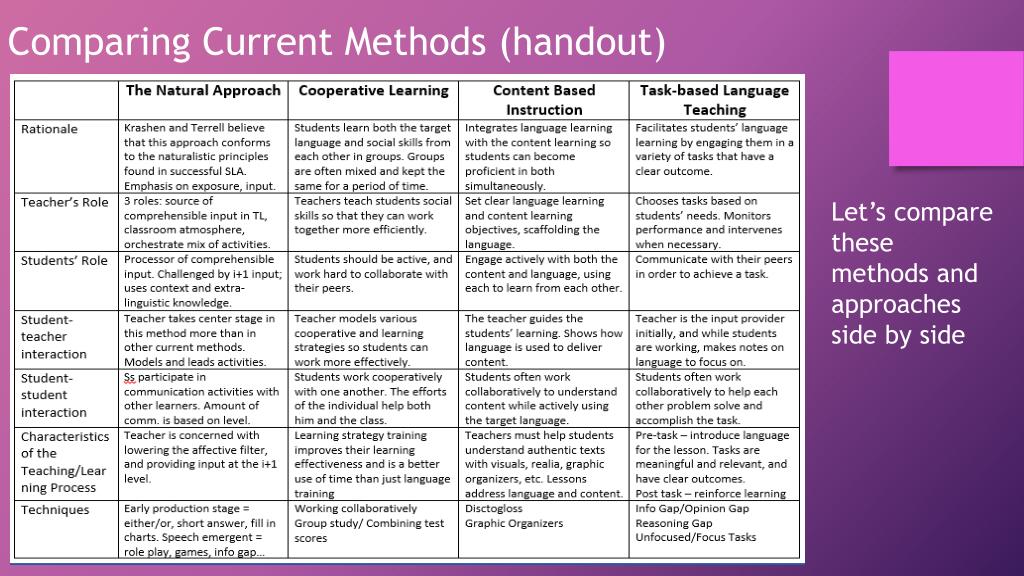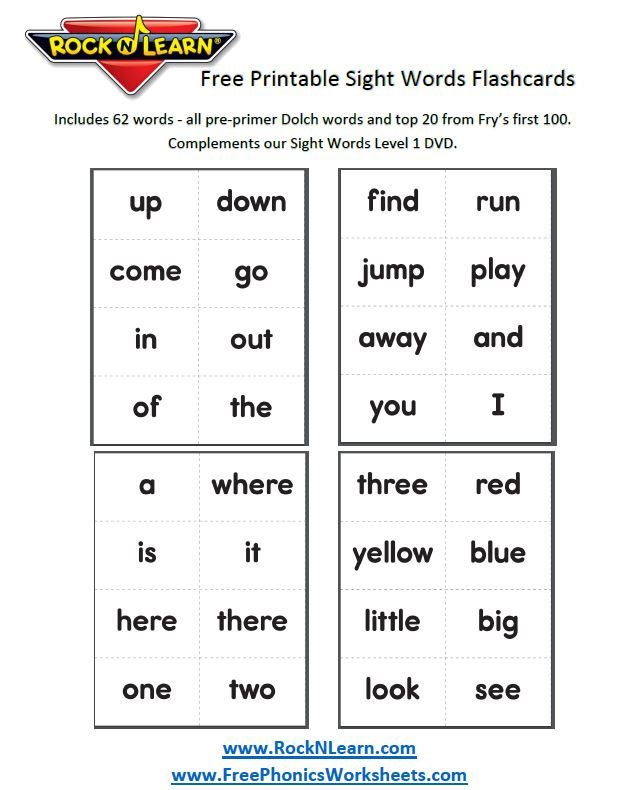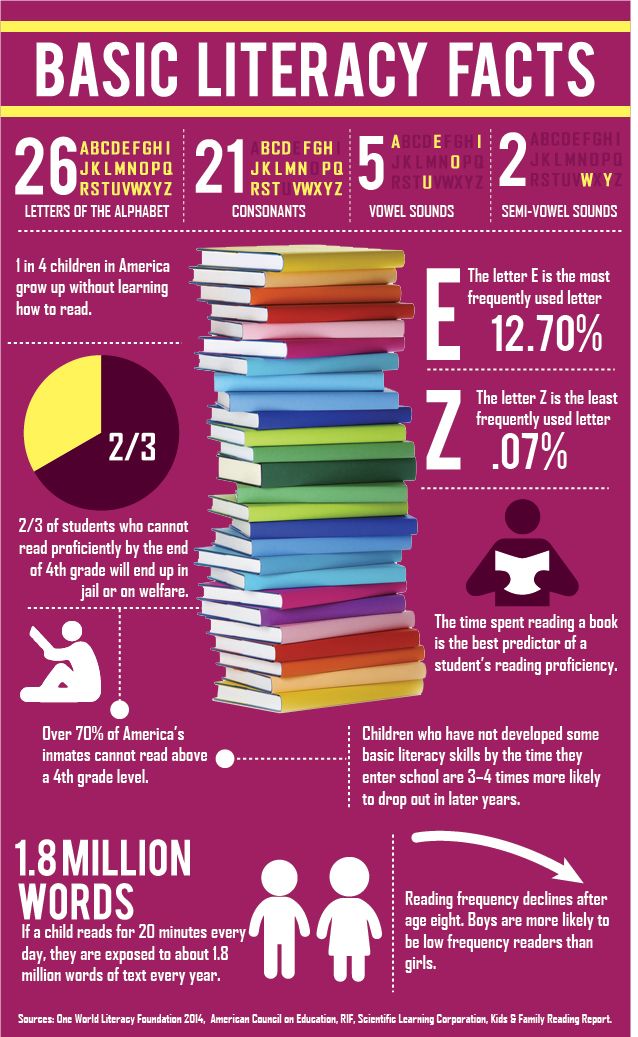Meet the letters book
Meet the Letter K
None This story makes the letter K the star of the show! Kevin the kangaroo loves flying kites so much the other kangaroos call him king of the kites! One day, Kayla the koala and Kevin were flying kites together when the wind stopped blowing! As they wait for wind, Kevin karate kicks and Kayla plays the kazoo. Soon the all the of kangaroos and koalas come to watch, which has a surprising result! This animated child-told story is a delight in every way, but especially in how it makes the letter K come to life. This story makes the letter K the star of the show! Kevin the kangaroo loves flying kites so much the other kangaroos call him king of the kites! One day, Kayla the koala and Kevin were flying kites together when the wind stopped blowing! As they wait for wind, Kevin karate kicks and Kayla plays the kazoo. Soon the all the of kangaroos and koalas come to watch, which has a surprising result! This animated child-told story is a delight in every way, but especially in how it makes the letter K come to life.Kindergarten
Find short stories with pictures that are great for kindergarten reading level. Your child can learn about all the letters in the alphabet in the Meet The Letter series and learn to count in Monster Birthday Surprise.
view all
Meet the Letter A
Meet the Letter B
Meet the Letter C
Meet the Letter D
Meet the Letter E
Meet the Letter F
Meet the Letter G
Meet the Letter H
Meet the Letter I
Meet the Letter J
Meet the Letter K
Meet the Letter L
Meet the Letter M
Meet the Letter N
Meet the Letter O
Meet the Letter P
Meet the Letter Q
Meet the Letter R
Meet the Letter S
Meet the Letter T
Hamsters Holding Hands
Monster Music Factory
Monster Birthday Surprise
One membership, two learning apps for ages 2-8.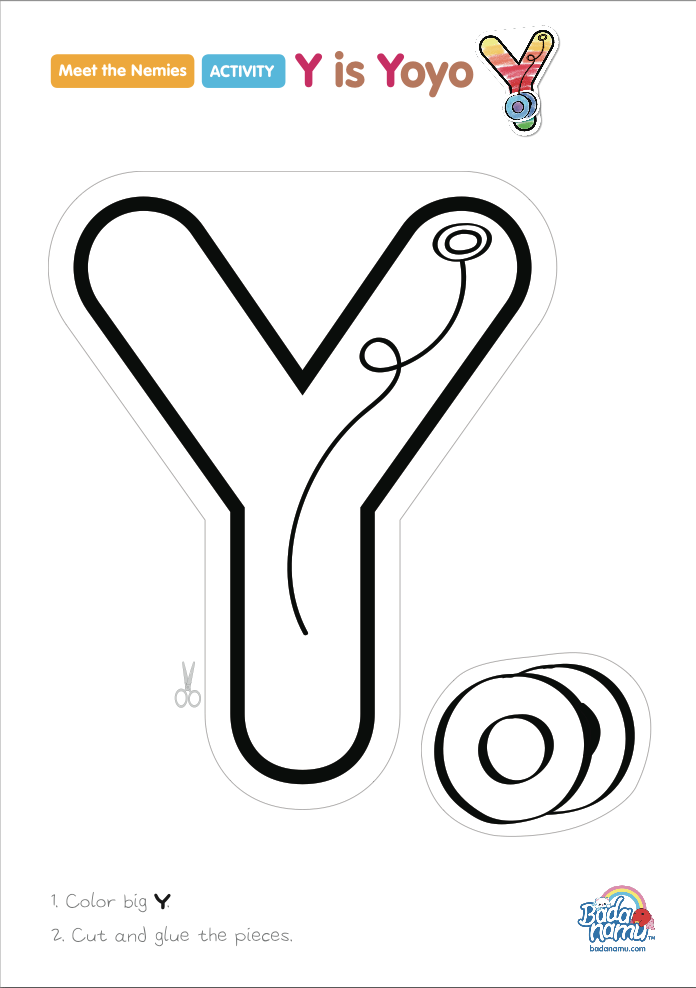
TRY IT FOR FREE
Full Text
Here’s a story about the letter K! To make uppercase K, you make a straight line down like this. And then, you make a slanted line here, and another slanted line here. To make a lowercase K, you make a straight line down, you make a smaller slanted line right here, and another slanted line right here. Some words that start with K are . . . Kangaroo. Koala. Kite. Okay, now, here’s our story. Once there was a kangaroo named Kevin who loved flying kites more than anything! He loved to fly kites so much, other kangaroos called him King of the Kites. One day, Kevin the kangaroo asked his friend Kayla the koala to fly kites with him. She said yes, and they went outside. They set up their kites and started to run. But there wasn’t any wind, so the kites wouldn’t fly! “There’s no wind!” Kevin said. “What should we do?” “I guess we’re just gonna have to wait for the wind,” said Kayla the koala. “I know! While we wait, I’ll play my kazoo, and you can practice your karate kicks.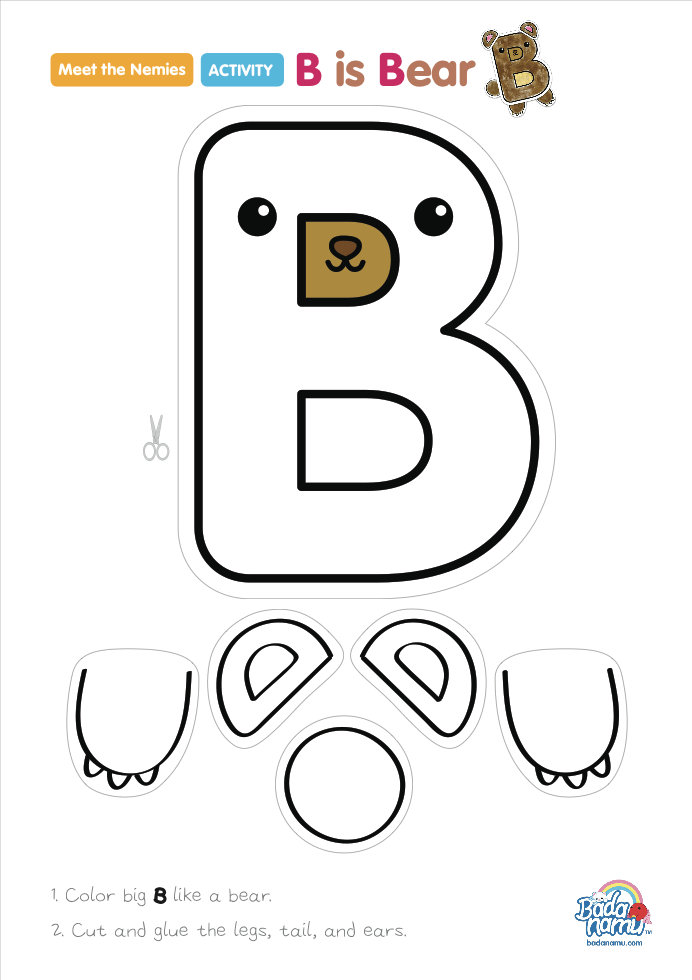 ” “Great idea!” said Kevin the kangaroo. So Kayla played her kazoo and Kevin karate kicked to the music. Soon, all of the kangaroos and koalas came to see what Kayla and Kevin were doing. They were so impressed by their kazoo and karate kick show that they clapped and cheered and kicked. Suddenly, the cheering made a giant wind. “Keep cheering!” Kevin yelled. “And watch this!” Now that they had some wind, Kevin and Kayla grabbed their kites and ran and ran until the kites flew high in the air. Kevin did a karate kick while flying his kite. Now the animals clapped even more, and the kites flew even higher. “I might be the king of the kites, but your cheering was the key to helping me make the kites fly. Thank you for your help! You are all too kind!” Kevin said to his kingdom. “And thanks most of all to Kayla, who is a whiz on the kazoo.” The End. K! What K words did you find in the story?
” “Great idea!” said Kevin the kangaroo. So Kayla played her kazoo and Kevin karate kicked to the music. Soon, all of the kangaroos and koalas came to see what Kayla and Kevin were doing. They were so impressed by their kazoo and karate kick show that they clapped and cheered and kicked. Suddenly, the cheering made a giant wind. “Keep cheering!” Kevin yelled. “And watch this!” Now that they had some wind, Kevin and Kayla grabbed their kites and ran and ran until the kites flew high in the air. Kevin did a karate kick while flying his kite. Now the animals clapped even more, and the kites flew even higher. “I might be the king of the kites, but your cheering was the key to helping me make the kites fly. Thank you for your help! You are all too kind!” Kevin said to his kingdom. “And thanks most of all to Kayla, who is a whiz on the kazoo.” The End. K! What K words did you find in the story?
1
We take your child's unique passions
2
Add their current reading level
3
And create a personalized learn-to-read plan
4
That teaches them to read and love reading
TRY IT FOR FREE
Overview of beginning reader books
Prepare your student for school success
with Action Factor’s
Action Factor’s Read-and-Sing phonics books build reading and writing skills for beginning readers with the help of some special friends--Amos, Eli, Ivy, Otis, Uri, and Yvette.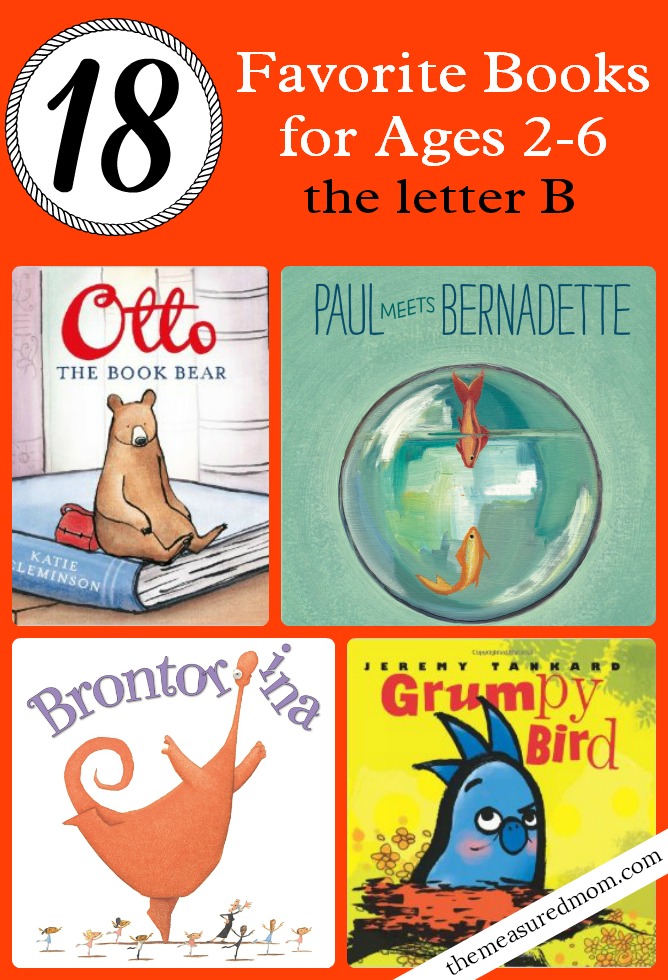 These lovable characters keep students smiling as they follow along in the book and join in the lively phonics learning songs. The sing-along CDs feature 2 tracks 1 vocal and 1 instrumental. After a bit of practice with the vocal track, students can perform the song using just the instrumental track. And because students learn best when they can apply what they know, creative activities for reinforcing the phonics sounds and concepts are included with each book. Read-and-Sing books are whimsically illustrated in full color soft cover format and build phonemic awareness through music.
These lovable characters keep students smiling as they follow along in the book and join in the lively phonics learning songs. The sing-along CDs feature 2 tracks 1 vocal and 1 instrumental. After a bit of practice with the vocal track, students can perform the song using just the instrumental track. And because students learn best when they can apply what they know, creative activities for reinforcing the phonics sounds and concepts are included with each book. Read-and-Sing books are whimsically illustrated in full color soft cover format and build phonemic awareness through music.
Read and Sing Complete Collection
Includes...
Book 1: Meet the Lit Kids (meet the characters)
Book 2: Alphabet Letters (capital letters)
Book 3: Little Partners (lower-case letters)
Book 4: What’s that Sound? (initial consonants)
Book 5: Name Those Vowels (a-e-i-o-u-y)
Book 6: Oh, Do You Know? (long and short vowels)
Book 7: Spelling Families (short vowel rhyming words)
Book 8: Two Little Letters (consonant digraphs)
Book 9: Talking and Walking (long vowel + silent vowel)
Book 10: Silent E (long vowel + silent e)
Book 11: Outlaws (irregular spelling)
Priced for convenience and economy, the Read and Sing Complete Collection includes all eleven Read-and-Sing Books with their music CDs at a price that is lower than the cost of the individual collections or books, if purchased separately.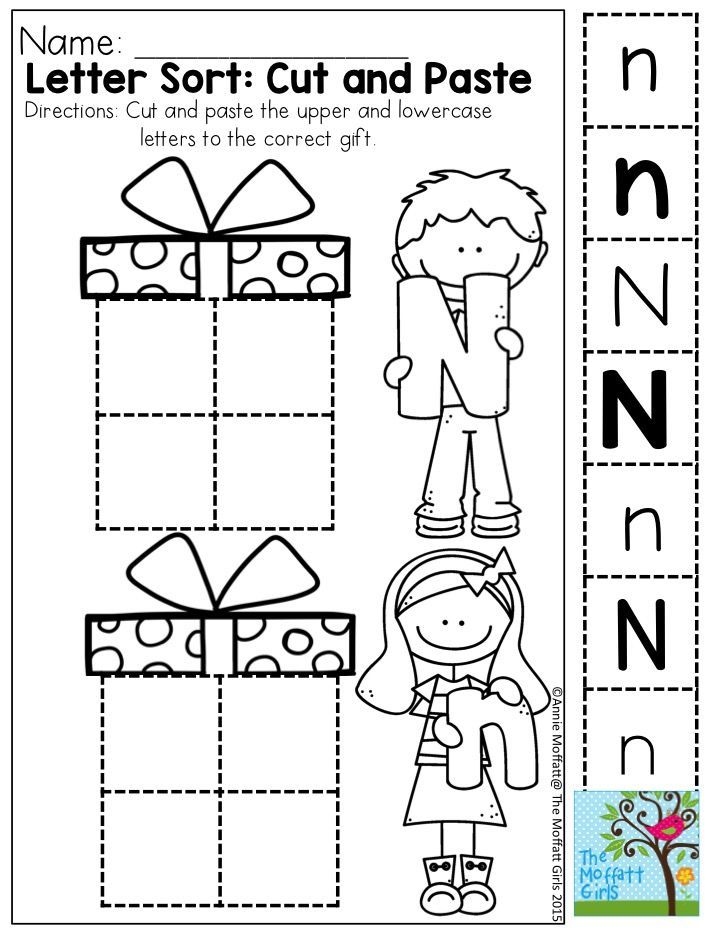 This collection provides a foundation in phonemic awareness that is crucial to early literacy, an excellent enhancement for Sing Your Way Through Phonics Vol. 1 Combo! See individual book titles below for descriptions.
This collection provides a foundation in phonemic awareness that is crucial to early literacy, an excellent enhancement for Sing Your Way Through Phonics Vol. 1 Combo! See individual book titles below for descriptions.
Order Read and Sing Complete Collection online ($74.95), or print an order form to mail/FAX.
Letters and Sounds Collection
Includes:
Book 1: Meet the Lit Kids (meet the characters)
Book 2: Alphabet Letters (capital letters )
Book 3: Little Partners (lower-case letters)
Book 4: What’s that Sound? (initial consonants)
Book 5: Name Those Vowels (a-e-i-o-u-y)
Book 6: Oh, Do You Know? (long and short vowels)
Priced for convenience and economy, the Letters and Sounds Collection includes six Read-and-Sing Books and six music CDs at a price that is lower than the cost of the six books, if purchased separately. This collection provides a foundation in phonemic awareness that is crucial to early literacy, an excellent enhancement for Sing Your Way Through Phonics Vol.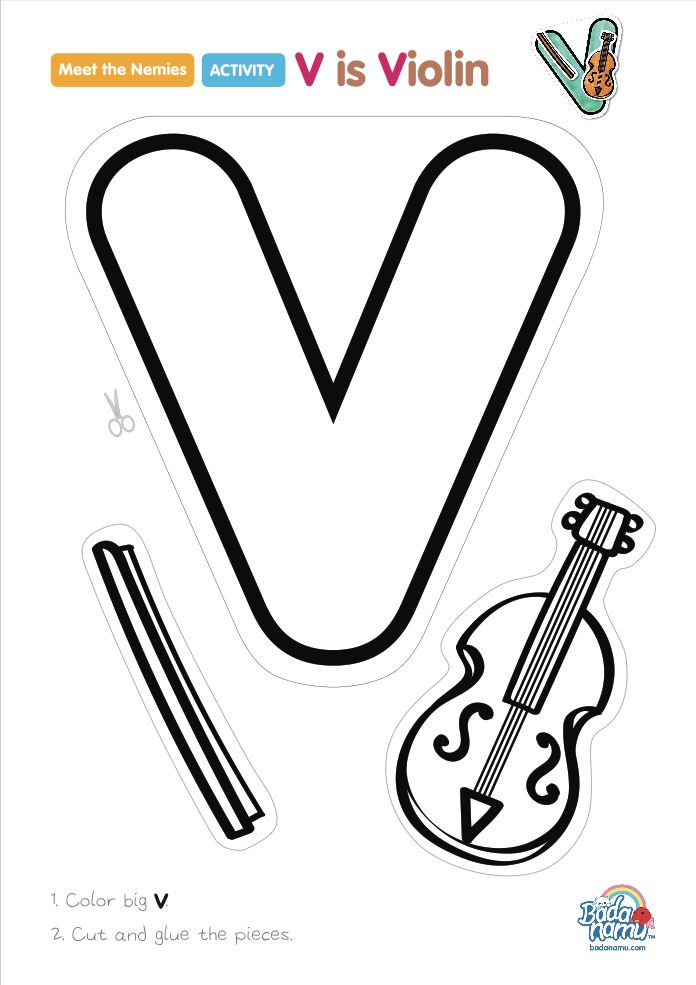 1 Combo! See individual titles below for descriptions.
1 Combo! See individual titles below for descriptions.
Order Letters and Sounds Collection online ($44.95), or print an order form to mail/FAX.
Early Words Collection
Includes:
Book 1: Spelling Families (short vowel rhyming words)
Book 2: Two Little Letters (consonant digraphs)
Book 3: Talking and Walking (long vowel + silent vowel)
Book 4: Silent E (long vowel + silent e)
Book 5: Outlaws (irregular spelling)
Priced for convenience and economy, the Early Words Collection includes five Read-and-Sing Books and five music CDs at a price that is lower than the cost of the five books, if purchased separately. This collection provides a foundation in phonemic awareness that is crucial to early literacy, an excellent enhancement for Sing Your Way Through Phonics Vol. 1 Combo! See individual titles below for descriptions.
Order Early Words Collection online ($39.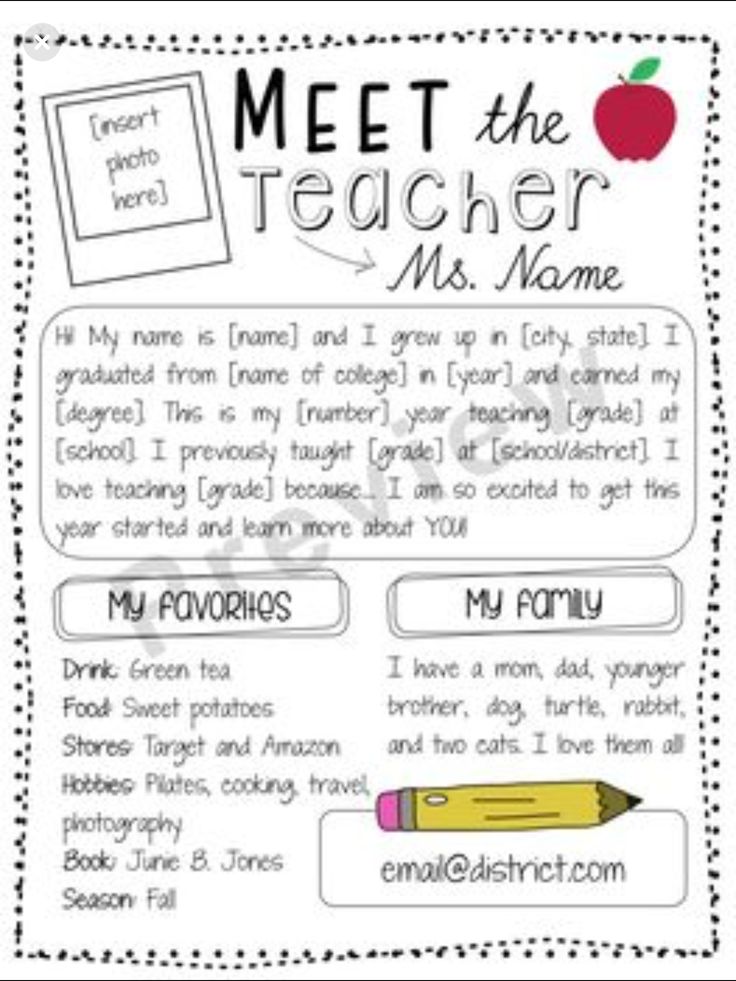 95), or print an order form to Mail/FAX.
95), or print an order form to Mail/FAX.
Read and Sing Complete Literacy Center Collection
Includes...
Book 1: Meet the Lit Kids (meet the characters)
Book 2: Alphabet Letters (capital letters)
Book 3: Little Partners (lower-case letters)
Book 4: What’s that Sound? (initial consonants)
Book 5: Name Those Vowels (a-e-i-o-u-y)
Book 6: Oh, Do You Know? (long and short vowels)
Book 7: Spelling Families (short vowel rhyming words)
Book 8: Two Little Letters (consonant digraphs)
Book 9: Talking and Walking (long vowel + silent vowel)
Book 10: Silent E (long vowel + silent e)
Book 11: Outlaws (irregular spelling)
The Read and Sing Complete Literacy Center Collection can accommodate classroom listening stations where up to six students can listen to the same CD, while each of the students follows the CD in his/her own book.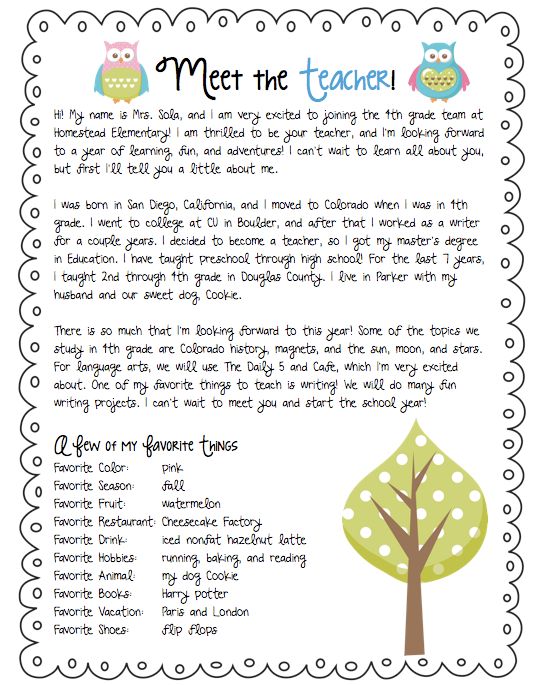 This collection includes 66 Read-and-Sing Books (11 different books, 6 copies of each book) and eleven music CDs at a reduced price. The Read-and-Sing books provide a foundation in phonemic awareness that is crucial to early literacy, an excellent enhancement for Sing Your Way Through Phonics CDs and Mini-Charts!
This collection includes 66 Read-and-Sing Books (11 different books, 6 copies of each book) and eleven music CDs at a reduced price. The Read-and-Sing books provide a foundation in phonemic awareness that is crucial to early literacy, an excellent enhancement for Sing Your Way Through Phonics CDs and Mini-Charts!
Order Read and Sing Complete Literacy Center Collection online ($349.95), or print an order form to mail/FAX.
Letters and Sounds Literacy Center Collection
Includes:
Book 1: Meet the Lit Kids (meet the characters)
Book 2: Alphabet Letters (capital letters )
Book 3: Little Partners (lower-case letters)
Book 4: What’s that Sound? (initial consonants)
Book 5: Name Those Vowels (a-e-i-o-u-y)
Book 6: Oh, Do You Know? (long and short vowels)
The Letters and Sounds Literacy Center Collection can accommodate classroom listening stations where up to six students can listen to the same CD, while each of the students follows the CD in his/her own book. This collection includes 36 Read-and-Sing Books (6 different books, 6 copies of each book) and six music CDs at a reduced price. This collection provides a foundation in phonemic awareness that is crucial to early literacy, an excellent enhancement for Sing Your Way Through Phonics Vol. 1 Combo!
This collection includes 36 Read-and-Sing Books (6 different books, 6 copies of each book) and six music CDs at a reduced price. This collection provides a foundation in phonemic awareness that is crucial to early literacy, an excellent enhancement for Sing Your Way Through Phonics Vol. 1 Combo!
Order Letters and Sounds Literacy Center Collection online ($194.95), or print an order form to mail/FAX.
Early Words Literacy Center Collection
Includes:
Book 1: Spelling Families (short vowel rhyming words)
Book 2: Two Little Letters (consonant digraphs)
Book 3: Talking and Walking (long vowel + silent vowel)
Book 4: Silent E (long vowel + silent e)
Book 5: Outlaws (irregular spelling)
The Early Words Literacy Center Collection can accommodate classroom listening stations where up to six students can listen to the same CD, while each of the students follows the CD in his/her own book.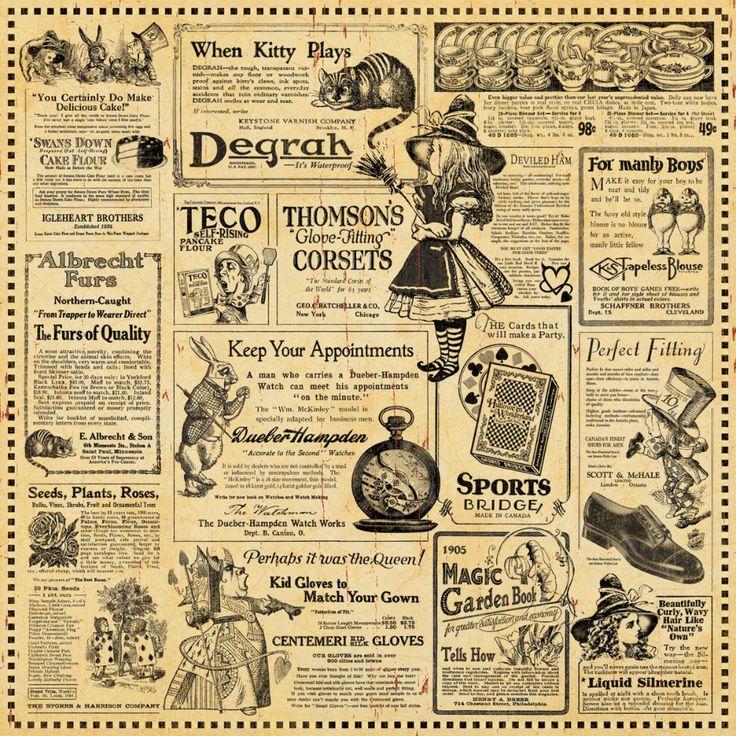 This collection includes 30 Read-and-Sing Books (5 different books, 6 copies of each book) and five music CDs at a reduced price. This collection provides a foundation in phonemic awareness that is crucial to early literacy, an excellent enhancement for Sing Your Way Through Phonics Vol. 1 Combo!
This collection includes 30 Read-and-Sing Books (5 different books, 6 copies of each book) and five music CDs at a reduced price. This collection provides a foundation in phonemic awareness that is crucial to early literacy, an excellent enhancement for Sing Your Way Through Phonics Vol. 1 Combo!
Order Early Words Literacy Center Collection online ($164.95), or print an order form to mail/FAX.
Meet the Lit Kids
Click on the cover to look inside the book!
Meet the Lit Kids introduces readers to the cast of characters they will meet in the Read-and-Sing series. With names that help students remember the vowels, Amos, Eli, Ivy, Otis, Uri, and Yvette invite youngsters to join in the fun as they learn about letters, sounds, and words. Children will come to love these rascally animals as they frolic through each book and song in the Read-and-Sing series, providing a visual component to reinforce important concepts about reading and writing.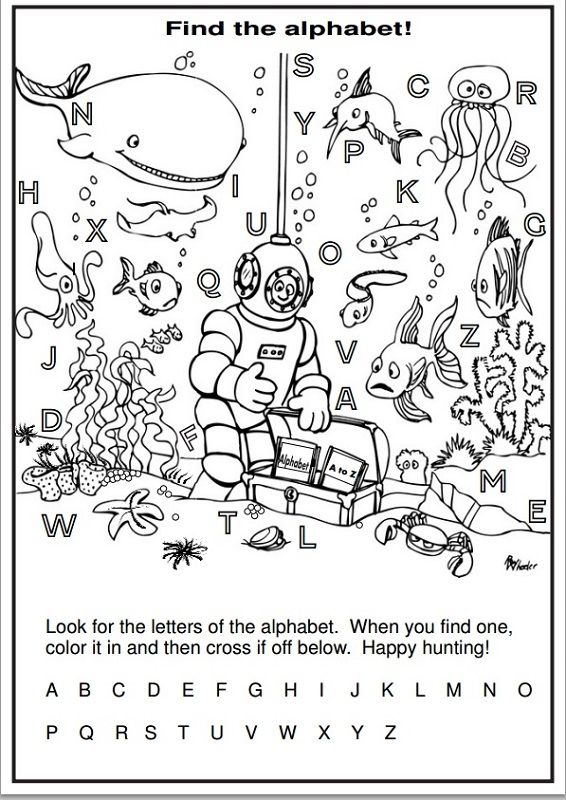 Save on this book and others with one of our Book Collections or Literacy Center Collections.
Save on this book and others with one of our Book Collections or Literacy Center Collections.
Take a look inside Meet the Lit Kids.
Listen to a Meet the Lit Kids audio sample.
Order Meet the Lit Kids book and CD online ($9.95), or print an order form to mail/FAX.
Alphabet Letters
Click on the cover to look inside the book!
Have you ever noticed that the letter C is shaped like an ear or that the letter S looks like a snake? This Read-and-Sing book is a different kind of alphabet book. Alphabet Letters, helps students learn to recognize capital letters by likening letter shapes to familiar objects embedded in the illustrations. As students sing along with the recording, they can trace the hidden letters, writing capital letters with their fingers. From there, it’s but a small step until students know the letter shapes well enough to draw them on their own. Because teaching phonemic awareness begins with recognizing letters, additional activities for learning capital letters are suggested such as finger-drawing on partners’ backs, identifying plastic letters in a bag by feeling them, and shaping capital letters with rolled clay.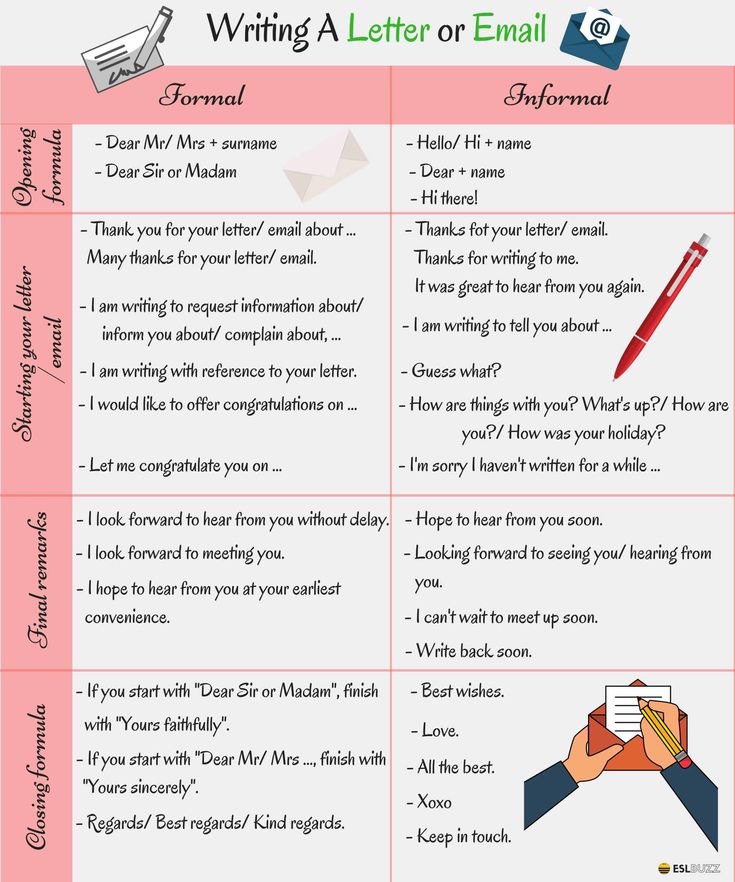 Save on this book and others with one of our Book Collections or Literacy Center Collections.
Save on this book and others with one of our Book Collections or Literacy Center Collections.
Take a look inside Alphabet Letters.
Listen to a Alphabet Letters audio sample.
Order Alphabet Letters book and CD online ($9.95), or print an order form to mail/FAX.
Little Partners
Click on the cover to look inside the book!
Some lower-case letters like c, s, and z are easy to recognize since they look like their capital letter partners - C, S, and Z. But lower-case letters like b, d, and e are harder to recognize because they look very different from capital B, D, and E. The Read-and-Sing book, Little Partners, is an alphabet book that helps students learn to recognize the lower-case letters that look different from their capital letter counterparts. Linked to a circus theme, the snappy sing-along describes each letter in terms of its component parts - sticks, holes, poles, curls, humps, and curly poles.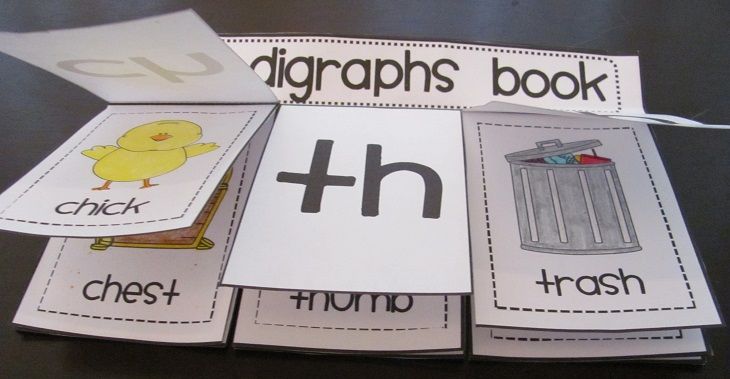 Additional suggested activities for learning the lower case alphabet include helping students to match upper and lower case letters, assembling and disassembling lower case letters, and finding lower case letters in printed material. Together with Alphabet Letters, Little Partners provides motivational reading instruction material in alphabet recognition (capital and lower case letters) for kindergarten readiness. Save on this book and others with one of our Book Collections or Literacy Center Collections.
Additional suggested activities for learning the lower case alphabet include helping students to match upper and lower case letters, assembling and disassembling lower case letters, and finding lower case letters in printed material. Together with Alphabet Letters, Little Partners provides motivational reading instruction material in alphabet recognition (capital and lower case letters) for kindergarten readiness. Save on this book and others with one of our Book Collections or Literacy Center Collections.
Take a look inside Little Partners.
Listen to a Little Partners audio sample.
Order Little Partners book and CD online ($9.95), or print an order form to mail/FAX.
What’s That Sound?
Click on the cover to look inside the book!
When readers look at the letters in an unfamiliar word, they need to recall the corresponding sounds. Conversely, when writers think of sounds in a word they wish to write, they need to recall the corresponding letters.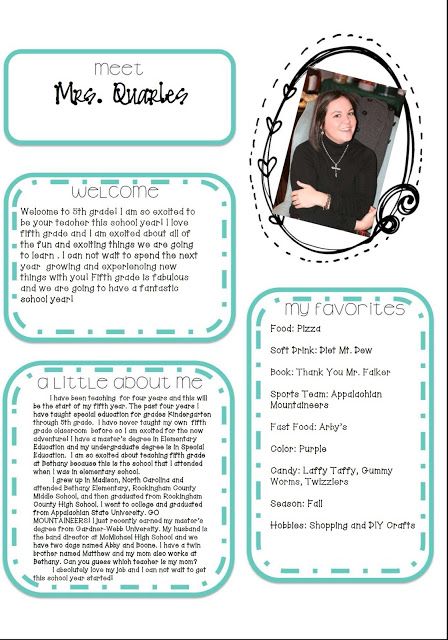 The playful shopping antics in What’s That Sound? may elicit giggles as students build letter/sound matching skills with familiar grocery items. Children can point to appropriate items (ex. bread, doughnuts, and flour for the sounds of b, d, and f) as they sing along. Save on this book and others with one of our Book Collections or Literacy Center Collections.
The playful shopping antics in What’s That Sound? may elicit giggles as students build letter/sound matching skills with familiar grocery items. Children can point to appropriate items (ex. bread, doughnuts, and flour for the sounds of b, d, and f) as they sing along. Save on this book and others with one of our Book Collections or Literacy Center Collections.
Take a look inside What’s That Sound.
Listen to a What’s That Sound audio sample.
Order What’s That Sound? book and CD online ($9.95), or print an order form to mail/FAX.
Name Those Vowels
Click on the cover to look inside the book!
Name Those Vowels helps students learn to recognize and remember an important set of letters needed for reading and writing-the vowels. But before learning vowel rules, students must be able to instantly recognize the vowels in both capital and lower-case forms. To help them do just that, readers can point to the vowels imbedded in this book’s illustrations while singing a playful song set to the folk tune, Bingo. Each time a vowel is omitted, singers can clap, rap, stomp, or add a favorite body movement. Save on this book and others with one of our Book Collections or Literacy Center Collections.
Each time a vowel is omitted, singers can clap, rap, stomp, or add a favorite body movement. Save on this book and others with one of our Book Collections or Literacy Center Collections.
Take a look inside Name Those Vowels.
Listen to a Name Those Vowels audio sample.
Order Name Those Vowels book and CD online ($9.95), or print an order form to mail/FAX.
Oh, Do You Know?
Click on the cover to look inside the book!
Children quickly learn the short and long vowel sounds as they sing and point to the comical illustrations in Oh, Do You Know? Examples: When students sing, “Oh, do you know the short a sound?”, they can point to cats, apples, ants, an ax, a hat, and a basket. For long a, they find Amos, a radio, a May calendar, a table, a cake, maple syrup, grapes, and plates. Once students become aware of the vowel sounds in words, they can draw their own short and long vowel pictures or create interesting vowel collages from magazine cut-outs.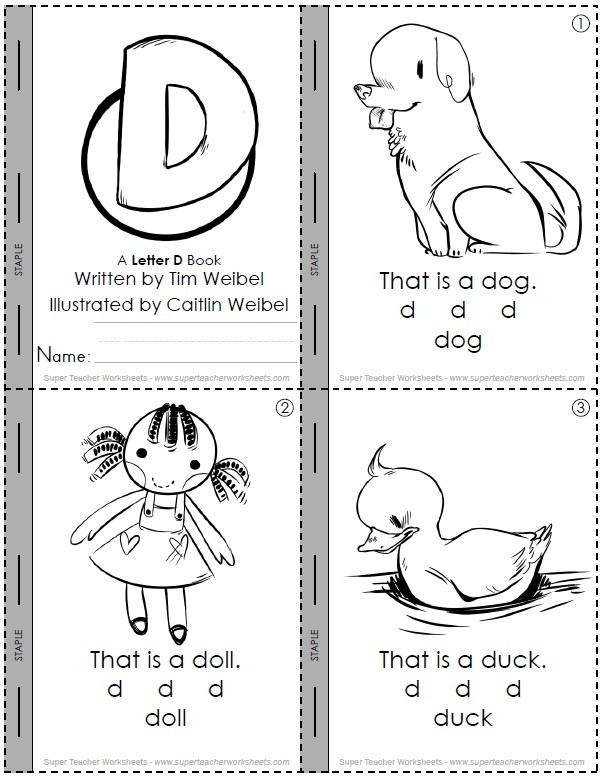 Save on this book and others with one of our Book Collections or Literacy Center Collections.
Save on this book and others with one of our Book Collections or Literacy Center Collections.
Take a look inside Oh, Do You Know.
Listen to an Oh, Do You Know audio sample.
Order Oh Do You Know book and CD online ($9.95), or print an order form to mail/FAX.
Spelling Families
Click on the cover to look inside the book!
Spelling Families builds phonemic awareness by introducing students to short vowel rhyming word families. As each word set is added to the rhyming quilt, students sing the rule, “Change the first part but keep the ending letters.” Children are challenged to read new and familiar sets of words as the quilt grows and grows. For reinforcement, students can play matching games such as Concentration or Go Fish! with sets of rhyming words or they can design their own rhyming quilts like the one on these pages. Save on this book and others with one of our Book Collections or Literacy Center Collections
Take a look inside Spelling Families.
Listen to a Spelling Families audio sample.
Order Spelling Families book and CD online ($9.95), or print an order form to mail/FAX.
Two Little Letters
Click on the cover to look inside the book!
Two Little Letters helps students learn to recognize and spell consonant digraphs: th, ch, sh, ph, kn, and gn. Song lyrics incorporate these important letter pairs in beginning, middle, and ending positions within words. As readers sing along with the lively song set to the folk tune The Bluetail Fly, they can follow clues in the illustrations and point to each digraph word. Once the students have become familiar with the digraphs in this song, they can use the instrumental track to substitute their own digraph words. Save on this book and others with one of our Book Collections or Literacy Center Collections.
Take a look inside Two Little Letters.
Listen to a Two Little Letters audio sample.
Order Two Little Letters book and CD online ($9.95), or print an order form to mail/FAX.
Talking and Walking
Click on the cover to look inside the book!
Talking and Walking helps students learn to recognize and spell words that follow the rule, “When two vowels go walking, the first one does the talking.” The target words follow a c-v-v-c (consonant-vowel-vowel-consonant) pattern where the first vowel is long and the second is silent. Characters in a camping story act out the rule in the course of their adventure. Once the students have become familiar with the long vowel words in this song, they can use the instrumental track to substitute their own c-v-v-c words. Examples: ea-bean, ee-peek, ai-mail, oa-goat. Save on this book and others with one of our Book Collections or Literacy Center Collections.
Take a look inside Talking and Walking.
Listen to a Talking and Walking audio sample.
Order Talking and Walking book and CD online ($9.95), or print an order form to mail/FAX.
Silent E
Click on the cover to look inside the book!
Silent E helps students learn to recognize and spell words with c-v-c-e (consonant-vowel-consonant-silent e) patterns. By comparing words before and after adding a final e, students see how the sound of the middle vowel changes from short to long. By following the Lit Kids’ sign painting adventures, readers can begin to predict the complete word under the covered portion of the sign by applying the silent e rule. Once the students have become familiar with the short and long vowel words in this song, they can use the instrumental track to substitute other words that change when a silent e is added. Examples: mad/made, slid/slide, not/note, cub/cube. Save on this book and others with one of our Book Collections or Literacy Center Collections.
Take a look inside Silent E.
Listen to a Silent E audio sample.
Order Silent E book and CD online ($9.95), or print an order form to mail/FAX.
Outlaws
Click on the cover to look inside the book!
Outlaws helps students learn to recognize and spell words that do not follow short and long vowel rules. For example, one rule states that a single vowel in the middle of a word is usually short. Exceptions-told, cold, hold. Another rule states that the first vowel in 2-vowel words is usually long. Exceptions: bread, thread, head. Comical illustrations show students how to recognize “outlaw gangs” in words by noticing the vowels and letters that follow. Once the students have become familiar with the irregular words in this song, they can use the instrumental track to substitute their own outlaw words. Examples: 3-letter patterns-there, where; 4-letter patterns-could, would; 5-letter patterns-caught, taught. Save on this book and others with one of our Book Collections or Literacy Center Collections.
Take a look inside Outlaws.
Listen to a Outlaws audio sample.
Order Outlaws book and CD online ($9.95), or print an order form to mail/FAX.
When Santa Got Stuck in the Chimney
Click on the cover to look inside the book!
Was it too many Christmas cookies? Was it too much eggnog? Whatever the reason, Santa is stuck, and the situation seems hopeless. Little did Santa know that events earlier that day would eventually lead to his rescue! This delightfully illustrated cumulative tale of Christmas mishap is a take-off on the familiar nursery rhyme, The House That Jack Built. With text that guarantees successful reading, even for beginners. It’s easy for beginners to read along as each new page recaps all the familiar links to Santa’s dilemma.; Children love to dramatize the characters as the story winds around to its amusing conclusion. Teachers tell us it’s a real favorite for read-aloud’s and shared reading. Why not share the fun of this Christmas book for children with a special youngster this holiday season?
Why not share the fun of this Christmas book for children with a special youngster this holiday season?
Take a look inside When Santa Got Stuck in the Chimney.
Order When Santa Got Stuck in the Chimney book online ($6.95), or print an order form to mail/FAX.
Best novels in letters a selection of books from the user Anna Semerenko on ReadRate
- Love stories
- Prose
All seven waves
- Daniel Glattauer
-
0
-
4
-
22
-
0
-
0
-
2
What is the difference between "life together" and "love affair"? For a love affair, two lonelinesses who accidentally met on the Internet do not have to spend two. ..More
..More
- Prose
Letterman
- Mikhail Shishkin
-
3
-
39
-
39
-
0
-
1
- nine0016 0
In the new novel by Mikhail Shishkin "The Letterman", at first glance, everything is simple: he, she. Letters. Dacha. The first love. But fate does not like simple plots. Leaf in...More
- Prose
Poor people
- Fyodor Dostoyevsky
-
13
-
39
-
156
-
1
-
3
-
2
F. M. Dostoevsky’s novel “Poor People” is distinguished, according to V. G. Belinsky, “by deep understanding and artistic, in the full sense of the word, reproduction...More
M. Dostoevsky’s novel “Poor People” is distinguished, according to V. G. Belinsky, “by deep understanding and artistic, in the full sense of the word, reproduction...More
- Prose
In front of the mirror
- Veniamin Kaverin
-
2
-
2
-
4
-
0
-
nineteen0018
-
0
The heroes of the novel - Liza Turaeva and Kostya Tarnovsky met at the gymnasium ball. As is often the case, they went their separate ways. Liza emigrated abroad and...More
- Prose
Price of dislike
- Lionel Shriver
-
2
-
11
-
12
-
0
-
1
-
0
This woman has everything: a loving husband, a successful business, housing in a prestigious area. Eva is very happy and prosperous; she's not used to anything...9 more0018
Eva is very happy and prosperous; she's not used to anything...9 more0018
- Love stories
- Prose
Lady Susan
- Jane Austen
-
0
-
9
-
2
-
0
nine0004 -
0
-
0
Lady Susan is a lady who knows her worth. She seeks to profitably marry off her daughter Frederica, and she herself charms a married man. But meek Frederica unexpectedly...More
- Prose
Up the stairs leading down
- Bel Kaufman
-
4
-
34
-
32
-
0
-
2
-
0
nine0004
Bel Kaufman is an American writer whose name is well known to readers all over the world.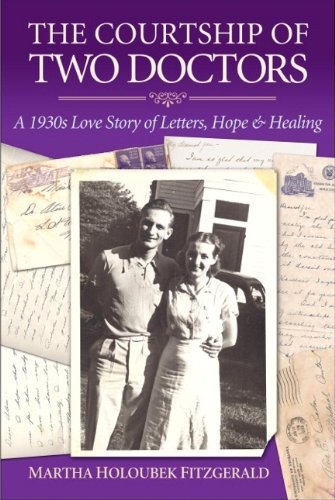 Bel Kaufman is famous for his novel "Up the...More
Bel Kaufman is famous for his novel "Up the...More
- Prose
The best remedy for the north wind
- Daniel Glattauer
-
0
-
25
- nine0016 50
-
0
-
1
-
5
Internet correspondence of Emmy and Leo - a virtuoso and witty story of a chance meeting of two loneliness in the network. Their emails don't show...More
- Prose
Letters to a stranger
- André Maurois
-
2
-
30
-
45
-
0
-
1
- nine0016 23
In "Letters to a Stranger" (1956), Maurois reflects on the behavior and customs of people, the relationship between men and women, seduction techniques, why . .. More
.. More
- Love stories
- Prose
Loneliness on the Web
- Janusz Wisniewski
-
34
-
308
-
1012
-
22
-
10
-
149
One of the most poignant love novels published in Russia recently. "Of all that is eternal, love has the shortest time" - this is the leitmotif...More
Show more
There are no books in the collection yet
10 tips on how to write a book
Aspiring Writers' Guide
If you want to create strong texts or dream of writing a book - whether you are a novice blogger or an experienced author - remember: it is better to learn from word masters. We chose tips from ten great books on writing. You will learn how to deal with creative stagnation and uncertainty. Why read books and not copy the style of the greats. The tips are suitable for both future authors and those who simply love great texts. nine0018
We chose tips from ten great books on writing. You will learn how to deal with creative stagnation and uncertainty. Why read books and not copy the style of the greats. The tips are suitable for both future authors and those who simply love great texts. nine0018
1. Write in small portions (from Bird by Bird)
It often happens like this: you are plotting an autobiographical novel about your own childhood, or a play about the life of immigrants, or a treatise about ... well, let's say, the role of a woman in history. But tackling it right away is like climbing the slope of a glacier. Feet slip, fingers turn red, freeze, blood oozes from wounds. Then, from the depths of the subconscious, all your nervous breakdowns come to visit and sit around the table. Don't give them power. nine0018
“I breathe slowly and deeply and finally notice a five by eight centimeter photo frame that I have specially placed on my desk to remember small doses. The frame reminds me: I need to write a piece. Small, like a five by eight photograph. That's all for today. Right now, for example, I will write only one paragraph about the place and time of the action" Ann Lamott.
Small, like a five by eight photograph. That's all for today. Right now, for example, I will write only one paragraph about the place and time of the action" Ann Lamott.
Tell yourself softly and affectionately: “My joy, we will just write about the river at sunset or about the first date. nine0468 That's it."
2. Make sure your topic is interesting to the reader (from the book "Author, Scissors, Paper")
"What can I tell you? Who am i? Why should someone waste time and even more money on me? These questions are asked by any author. First you need to realize: each person has something to tell.
First, determine what kind of topic you have: popular or specialized, for an amateur or a person in the topic. Who do you want to tell your story to? Who will benefit from it? Do you want to educate a wide range of readers or improve the lives of professionals in some field? It is impossible to please both at the same time. nine0018
Cool story is always there. Inside the fate, your personal history, there is a rhyme somewhere: a meeting, an event that you just need to remember - and in your imagination the process of creating a story starts.
Inside the fate, your personal history, there is a rhyme somewhere: a meeting, an event that you just need to remember - and in your imagination the process of creating a story starts.
And even personal experience is not always needed. There are simple criteria for selecting and analyzing whether your topic is suitable for public appearance:
- the text should communicate something very important,
- non-trivial to explain important processes,
- to be keenly useful to the reader,
- justify a fresh pattern that concerns the reader and give it a name,
- tell the story of a bright hero.
The reader is waiting for you to take him out of the routine into an unknown world for a long time. So create this world in such a way that you want to stay in it.
3. Make a “good novel” checklist (from the book “Literary Marathon”)
If you have a desire to create your own novel, the first thing to do would be to understand what "a good novel" means to you. Answer this question in writing. nine0018
Answer this question in writing. nine0018
You can answer vaguely, or you can answer in great detail: first-person narration, superheroes, the Alps, massive invasions of evil elves.
Why is this list useful? The point is, if something is your reading preference, then you can probably excel as a writer as well. These language, color, and style choices resonate with you the most for some reason. These are things that you understand.
You can create such checklists for what you have to write most often - articles, reviews, reports. nine0018
4. Use hooks in text (from Living Text book)
There are many ways to get started. Some work great in one book but don't work at all in another. You have to choose. Know how to choose.
For example, the False Prologue technique. Here the climactic scene is removed from the middle/end of the book and placed at the beginning.
So the reader immediately "tastes" the main and dramatic event of the whole story.nine0016 This technique is popular with directors: thanks to it, the film can be started with a tense, spectacular scene. Examples of books with "false prologue": Gabriel Garcia Marquez "One Hundred Years of Solitude", Stephenie Meyer "The Twilight Saga" (book 1), Emily Bronte "Wuthering Heights".
5. Use the board with cards (from Save the Cat!)
Screenwriter Blake Snyder's technique is a cork board and cards. Hang a large cork board on the wall, take cards with episodes, blocks, fragments of your future text (novel, article, report) and use pushpins to attach these cards to the board wherever you like. You can never part with cards at all. You put a pack of cards in your pocket, go to the nearest coffee shop, take out a pack and sit for hours shuffling your deck, laying out episodes, thinking about the sequence, looking for good and bad moments. nine0018
The whiteboard allows you to "see" the big picture before you even start writing.
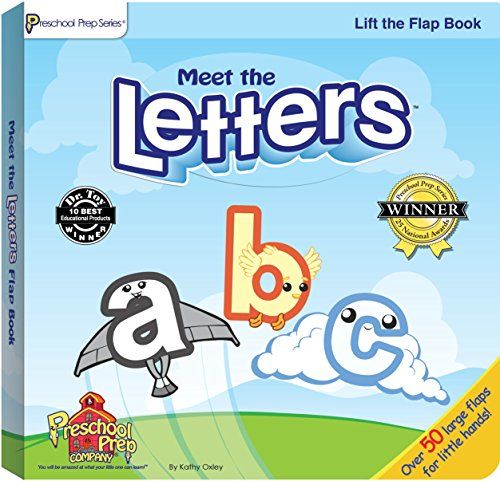
This is a good way to test the different twists, ideas, dialogues, and rhythm of the story and see how well they fit together. This is a way to render text with good structure. It's great!
6.
Don't write like you talk! (from How to Write Non-Fiction)
You need to write clearly, but you should not blindly copy all the elements of oral speech. If we accurately and literally transfer ordinary everyday conversations to paper, we will see how many repetitions there are, inserts like mmm and uh-huh, how often the interlocutors interrupt each other. nine0018
“Readers need clarity.
Written words come together and make sense in the mind of the reader. Try to mimic the tone of a personal conversation. So the reader will "hear" your voice, as if you are addressing him, only without the noise that accompanies oral communication.
7.
Read like a writer (from How to Become a Writer)
Many would-be writers are bookworms. However, the thought of looking at great books under a microscope often disgusts them. But once you learn how to read critically, you will enjoy a much more subtle pleasure than ordinary readers. nine0018
However, the thought of looking at great books under a microscope often disgusts them. But once you learn how to read critically, you will enjoy a much more subtle pleasure than ordinary readers. nine0018
Learn to go through the text at least twice. First just like that, and then with a pencil. Notice the rhythm, episodes and scenes, pay attention to words, phrases, stylistic devices.
Don't worry: you won't lose your love for books, quite the contrary. It is impossible to overestimate the benefits of analytical reading.
8. Show, don't tell (from the book "Literary Master Class")
Don't write "it was amazing", but make us say "amazing" after reading the passage. The fact is that all these words (terrifying, beautiful, disgusting, exquisite) tell the reader only one thing: “Do my job for me!” Clive Lewis advised. nine0018
Mark Twain taught the same thing: “Don't say, 'The old woman screamed'. Take her on stage and make her scream."
And one more remark on the same subject, from Chekhov:
... you will get a moonlit night if you write that a glass from a broken bottle flashed like a bright star on the mill dam ...
It is necessary to show, not tell, selecting bright, specific details.
9. Find visual aids (from How to Write a Movie in 21 Days)
Have you ever tried to tell someone about your terrible or, conversely, amazing experience, but could not find the words? It all ended with something like “I can’t explain this to you” or “If you were in my place, you would understand.” The thing is, first you need to re-ignite this feeling inside, and then find the right words to describe it.
Find an object that is related to some of your experiences, evokes feelings, such as a lucky coin or a rock from the beach. nine0469If this is a story about your grandfather, you can take his hat from an old chest. If you are writing a story about your grandmother, find the candlestick that belonged to her.
